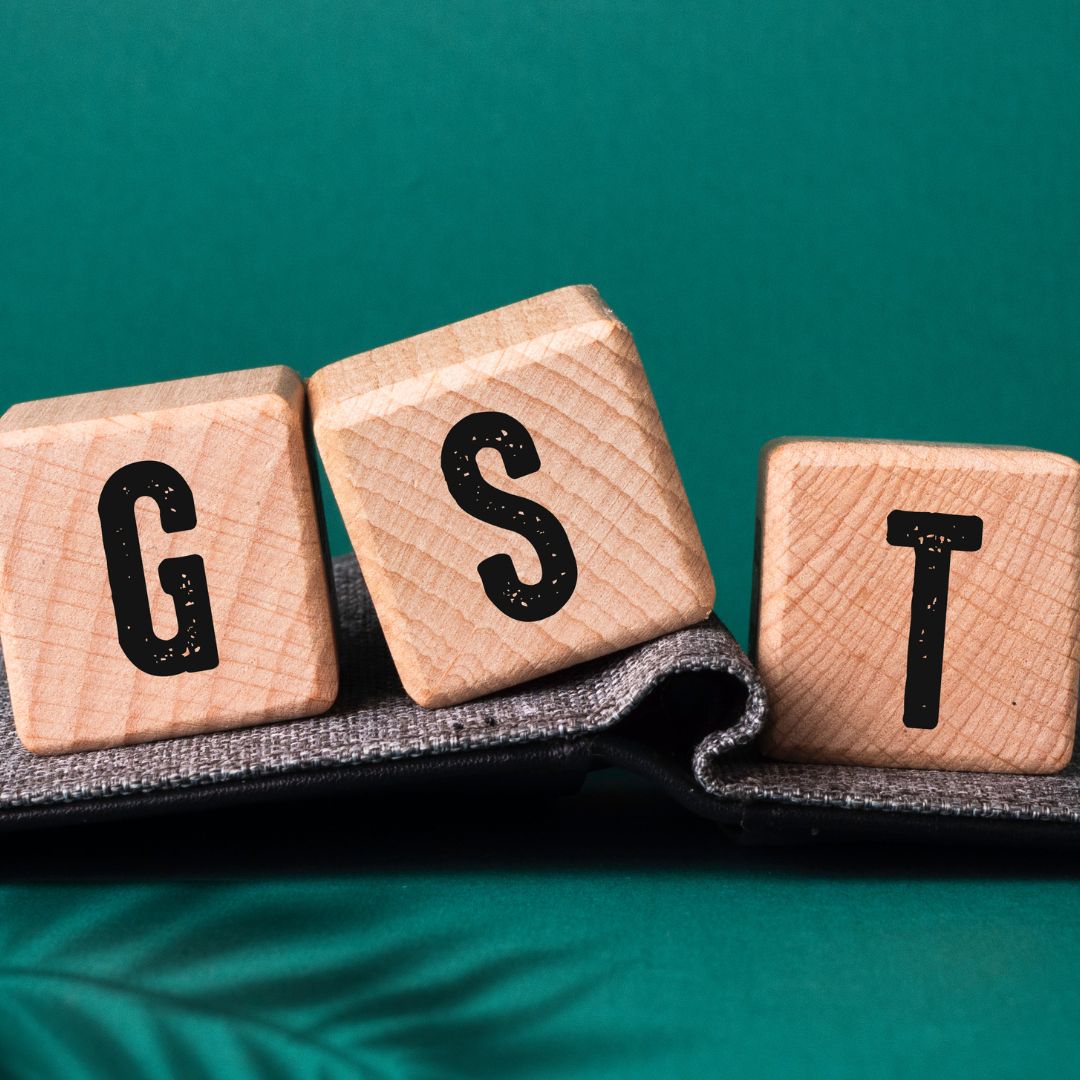A tax invoice is an essential document in the Goods and Services Tax (GST) regime, serving as proof of a transaction between a buyer and a seller. It is crucial for maintaining transparency, ensuring compliance, and enabling the claiming of input tax credits. Under GST, a tax invoice contains all the necessary details about the goods and services supplied and is mandatory for both registered suppliers and recipients. This comprehensive blog will guide you through the importance of tax invoices under GST, the format, rules, and other critical aspects.
Importance of a Tax Invoice Under GST
A tax invoice serves multiple purposes in the GST regime. First, it acts as a legal document that confirms the sale of goods or services. For the supplier, it enables the collection of taxes from the recipient and submission of those taxes to the government. For the recipient, it provides the required documentation to claim an input tax credit, which allows them to offset the GST paid on purchases against future GST liabilities. The absence of a proper tax invoice can result in the denial of input tax credit, making it a vital document for every business transaction under GST.

What is a Tax Invoice Under GST?
A tax invoice is a document issued by a registered supplier when they supply taxable goods or services. It includes details such as the description of goods or services, quantity, value, tax rate, and amount charged for the supply. The GST tax invoice is governed by section 31 of the Central Goods and Services Tax (CGST) Act, 2017. Under this section, every registered person who is supplying goods or services is required to issue a tax invoice at the time of supply. This document is critical for ensuring the supplier is compliant with GST regulations and allows the recipient to claim input tax credit on their purchases.

Key Components of a Tax Invoice
A tax invoice under GST must contain certain mandatory information. These elements ensure that the invoice is valid for both tax compliance and input tax credit purposes. The essential details include:
- Name, address, and GSTIN of the supplier: This identifies the registered entity issuing the invoice.
- Invoice number and date: The invoice number should be a unique, consecutive number that is updated regularly.
- Name, address, and GSTIN of the recipient: If the recipient is also registered under GST, their GSTIN (Goods and Services Tax Identification Number) should be mentioned.
- Description of goods or services: This should provide a clear description of the items being supplied, including HSN (Harmonized System of Nomenclature) codes for goods or SAC (Service Accounting Code) for services.
- Quantity of goods: If the transaction involves goods, the quantity should be specified.
- Value of the supply: This refers to the total value of the goods or services before applying taxes.
- Rate and amount of GST applied: The applicable tax rates, including CGST, SGST, IGST, or UTGST, should be mentioned.
- Total invoice value: The final invoice amount, including GST, should be clearly shown.
- Signature or digital signature: The invoice must be signed by the authorized person, either physically or digitally.
When Should a Tax Invoice Be Issued?
For goods, a tax invoice must be issued before or at the time of:
- Removal of goods (in the case of movement of goods)
- Delivery of goods or making available to the recipient (in cases where the movement of goods is not required)
For services, a tax invoice must be issued within 30 days from the date of the supply of the service. In the case of banks or financial institutions, they have 45 days to issue the invoice.
How Many Copies of a Tax Invoice are Required?
For goods, the supplier must issue three copies of the tax invoice:
- Original for the recipient: The buyer retains this copy.
- Duplicate for the transporter: This copy is for the transporter who carries the goods.
- Triplicate for the supplier: The seller retains this copy for their records.
For services, only two copies of the invoice are needed:
- Original for the recipient
- Duplicate for the supplier
Electronic Tax Invoice (E-Invoicing) Under GST
E-invoicing under GST has been made mandatory for businesses with a turnover exceeding a specified limit (₹10 crores as of 2023). An electronic invoice or e-invoice is generated and authenticated by the GST Network (GSTN) for every business-to-business (B2B) transaction. Once the e-invoice is authenticated, it is automatically transmitted to the GSTN for generating an Invoice Reference Number (IRN). This system aims to reduce tax evasion, improve efficiency, and make the overall GST system more transparent.

What Happens if a Tax Invoice is Not Issued?
Failure to issue a tax invoice or issuing an incorrect invoice may result in penalties under the GST law. As per Section 122 of the CGST Act, if a registered person fails to issue a tax invoice, they may be liable to a penalty of ₹10,000 or the tax due, whichever is higher. Inaccuracies in the invoice, such as incorrect tax rates or failure to include necessary details, can also result in compliance issues and denial of input tax credit for the recipient.
Tax Invoice and Input Tax Credit
One of the most critical aspects of a tax invoice is its role in the input tax credit mechanism. Under GST, registered recipients can claim an input tax credit on goods or services purchased if they have a valid tax invoice. The GST paid by the recipient on their purchases can be offset against their GST liability. However, the input tax credit can only be claimed if the supplier has furnished the necessary details on the GST portal, and the transaction has been reported in the GSTR-1 return. Hence, maintaining accurate and timely tax invoices is crucial for smooth business operations and tax compliance.
Special Cases of Tax Invoices
There are certain scenarios where the nature of the tax invoice differs from regular transactions:
- Bill of Supply: A bill of supply is issued instead of a tax invoice when the supply is exempt from GST or when the supplier is under the composition scheme. In these cases, the supplier does not collect GST from the buyer, and no input tax credit is available to the recipient.
- Invoice for Export of Goods or Services: When exporting goods or services, the supplier must issue a tax invoice that clearly states, “Supply meant for export on payment of IGST” or “Supply meant for export under bond or letter of undertaking without payment of IGST.” Exports are treated as zero-rated supplies, and the supplier can claim a refund of the GST paid.
- Receipt Voucher: In cases where advance payment is received before the supply of goods or services, the supplier must issue a receipt voucher, indicating the amount of GST collected.
- Revised Invoice: If a tax invoice is issued before obtaining GST registration, a revised invoice must be issued after the registration has been obtained for all the supplies made during the period starting from the effective date of registration till the date of issuance of the GSTIN.
Credit Note and Debit Note Under GST
A credit note is issued when the value of goods or services in the original tax invoice is higher than the actual value of the transaction, or when goods are returned by the recipient. It allows the supplier to reduce the tax liability and rectify the invoice amount. On the other hand, a debit note is issued when the original invoice undervalues the supply or omits any taxable amount, thereby allowing the supplier to increase the taxable value.
GST Compliance and Record-Keeping
To ensure compliance with GST rules, businesses must maintain records of all tax invoices for a minimum of six years from the date of filing the annual return for the year in which the transaction occurred. Proper record-keeping not only helps in tax compliance but also ensures that businesses can substantiate their claims for input tax credits during GST audits or assessments.
Conclusion
A tax invoice under GST plays a pivotal role in ensuring seamless tax compliance, maintaining accurate records, and facilitating the input tax credit mechanism. Both suppliers and recipients must understand the importance of issuing and maintaining tax invoices, as failure to do so can result in penalties, compliance issues, and financial losses. Alongside tax invoices, businesses should also be familiar with crucial challan forms like ITNS 280 and ITNS 281, which are used for income tax and other direct tax payments. With the introduction of e-invoicing and a greater focus on digital record-keeping, staying updated on these developments—including forms like ITNS 280 and ITNS 281—is essential for optimizing GST processes. A proper understanding of tax invoices and related forms under GST will enable businesses to operate smoothly within the regulatory framework and avoid legal hurdles.












